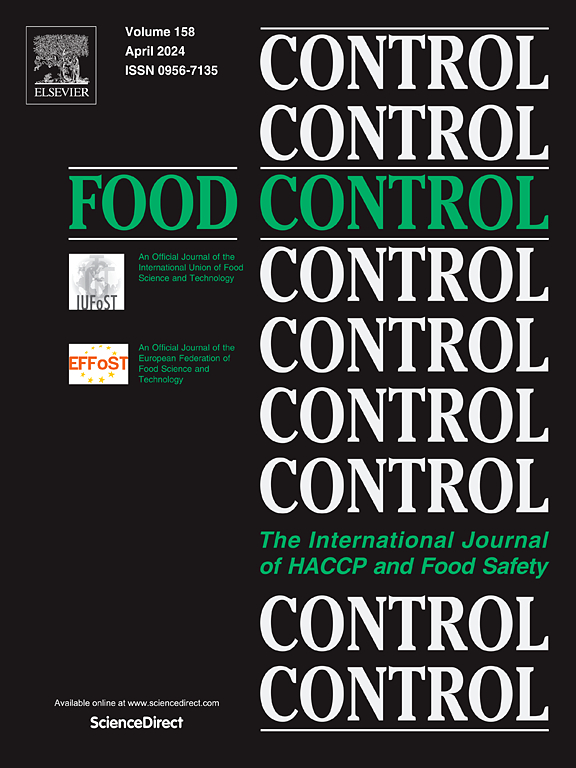Enhancing meat safety and quality: Innovations in protein-based sensing technologies for contaminant detection
IF 5.6
1区 农林科学
Q1 FOOD SCIENCE & TECHNOLOGY
引用次数: 0
Abstract
Human society views meat as food from different perspectives, yet it remains a valuable source of nutrition. Because meat is perishable and fraudulent activities can compromise its quality, consumers are always curious about its quality. The significant development of analytical techniques, particularly protein-based sensing technology, has made it easy for food safety agencies to use them as point-of-care testing methods to detect various biological or chemical agents present in meat and its products. In the current review, we have elucidated the issues that impact the quality of meat and its products, which pose significant health risks to consumers. The review comprehensively discussed the use of protein-based sensing technologies, including enzyme-linked immunosorbent assay, lateral flow immunoassay, antibody-based, and enzyme-based sensors. With the advent of nanotechnology, lateral flow immunoassay, antibody-based sensors, and enzyme-based sensors have become much more popular.

求助全文
约1分钟内获得全文
求助全文
来源期刊

Food Control
工程技术-食品科技
CiteScore
12.20
自引率
6.70%
发文量
758
审稿时长
33 days
期刊介绍:
Food Control is an international journal that provides essential information for those involved in food safety and process control.
Food Control covers the below areas that relate to food process control or to food safety of human foods:
• Microbial food safety and antimicrobial systems
• Mycotoxins
• Hazard analysis, HACCP and food safety objectives
• Risk assessment, including microbial and chemical hazards
• Quality assurance
• Good manufacturing practices
• Food process systems design and control
• Food Packaging technology and materials in contact with foods
• Rapid methods of analysis and detection, including sensor technology
• Codes of practice, legislation and international harmonization
• Consumer issues
• Education, training and research needs.
The scope of Food Control is comprehensive and includes original research papers, authoritative reviews, short communications, comment articles that report on new developments in food control, and position papers.
 求助内容:
求助内容: 应助结果提醒方式:
应助结果提醒方式:


